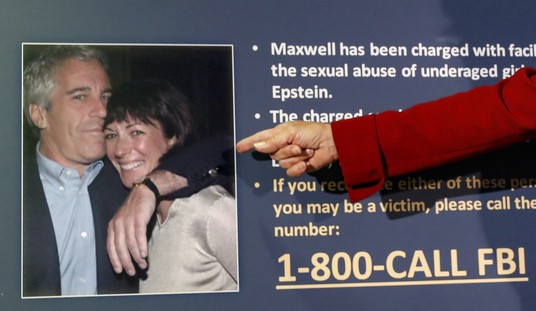The story of Hennepin County and the election continues its curious path today with a new revelation about the transmission process. Yesterday, I spoke with an election judge in Hennepin County who told me that the modems in ballot-counting machines was known to county elections officials four days prior to the election. Today, in speaking with an official involved in the elections process in the county, I not only confirmed that none of the machines in Hennepin County could electronically transmit their results on the night of the election, but that county officials knew about the failure eleven days in advance.
Minnesota uses an optical-scan balloting system that makes the entire process more secure. Not only does this allow for voters to catch unusable ballots before they leave as well as to automate the counting process, it removes human error from the vote reporting to county election centers. Hennepin County spent a lot of money on these systems and explicitly selected the wireless modem option for that purpose.
The machines have wireless modems that have to be pre-programmed with a specific IP address to securely transmit those results directly to the election centers. For some reason, the machines had the wrong IP address entered on the cards. The cards would have needed to be reprogrammed to correct the error, and with a few hundred precincts in Hennepin (which includes Minneapolis), that would have taken a significant effort. However, with eleven days to accomplish this, the failure to take corrective action for a national election is mystifying. The source to whom I spoke said that county officials were aware of this by October 23rd, and possibly earlier.
Why would Hennepin County refuse to correct such a fundamental failure of the elections process eleven days ahead of what everyone expected to be a close Senate race, let alone a presidential election? To answer this, I spoke with Michelle Desjardin, the elections manager for Hennepin County. She said that the county did know of the failure at about October 23rd, but that they didn’t have enough time to reprogram the 860+ memory cards and meet statutory deadlines for public testing — seven days in advance of the elections.
But here’s the strange part. Desjardin confirmed that the electronic transmission system worked in the primaries. The cards did not get reprogrammed, and the destination IP address did not change from the primaries. There was no reason why the transmission cards should have required reprogramming at all. Desjardin acknowledged that the failure of all 860+ machines to connect was a mystery, but that they have higher priority statutory deadlines to meet before they can begin investigating the failure.
Another question arises from this. Why didn’t the county test this system in time to make those changes? The entire point of testing is to find broken processes and correct them in time for the election.
Desjardin also told me that the county provided written procedures to the cities as a work-around to the transmission process. The cities were responsible for sending the written instructions to the precincts. Hennepin County could not confirm that any or all of the precincts received them, but Desjardin confirmed that each city did.
I also contacted the Secretary of State’s office and spoke with the Director of Governmental Affairs, Beth Fraser. Fraser explained that Hennepin County is responsible for managing the elections process in their jurisdiction. On the issue of custody, Beth said that the rules vary depending on whether the ballots get counted in the precinct or in the county election centers. In the latter case, it requires two judges at all times to carry the ballots back to the election center. However, if ballots are counted, sealed, and signed by the judges in the precincts (using the optical-scan precinct tabulators), the state only requires one person to have custody in transporting the ballots. Therefore, nothing untoward happened in that process.
Hopefully, our local media will start asking why a crucial safeguard to the election process was knowingly allowed to fail, and what caused that failure. Minnesotans spend a lot of money on their elections, and the most populous county in the state should have performed better than it did.
Update: I’ve made some edits for clarity after conferring with my sources. But here’s one final question. If all 860+ machines failed, and no changes were made to the destination IP, why didn’t Hennepin conclude that the problem wasn’t the machines but the destination? Why didn’t they try to fix the problem on the receiving end?








Join the conversation as a VIP Member